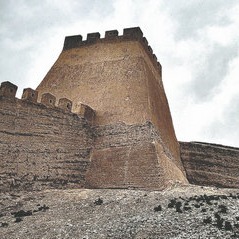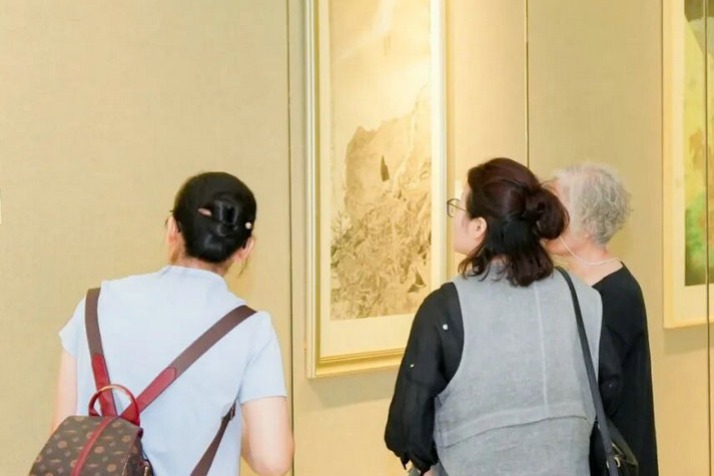Beyond the Great Wall's end
Jiayuguan's fortifications safeguard an archaeological and social legacy, whose building blocks are equal parts brick and spirit, Erik Nilsson and Hu Yumeng report.

In addition to repelling invaders, Jiayuguan also welcomed travelers from abroad and operated as an immigration and customs center.
The remnants of the 44-kilometer Ming bulwark in the modern city feature 89 ruins — 26 walls, 19 defense and 30 beacon towers, six trenches, and eight passes and forts.
Narrative displays and 250 artifacts at the Jiayuguan Great Wall Museum elaborate on this heritage.
These objects tell the stories of the guards stationed at this remote outpost hundreds of years ago. They were literally born for the job, since they were conscripted from designated "military families", who were required to provide their sons for armed service.
Actually, most of these soldiers were mainly farmers.
Jiayuguan's location was strategically selected not only because it optimized border defense but also because its oasis enabled frontier guardsmen to sustain themselves by planting crops and raising livestock in the otherwise dusty badlands. During peacetime, roughly 70 percent of them produced food while the rest engaged in defense work.
This synthesis of functions literally shaped the land, as the springs fed both defensive moats and irrigation channels.
In addition to basic combat, fighters learned such specialized skills as raking sand to detect footprints, inserting sharp sticks into the ground to impale enemy horses and crushing dried dung into dust to fling into foes' eyes.
The garrisons these soldiers guarded centuries ago now guard their stories.
They no longer stand at the frontier of nations but extend beyond the borders of boundless global imagination.





































